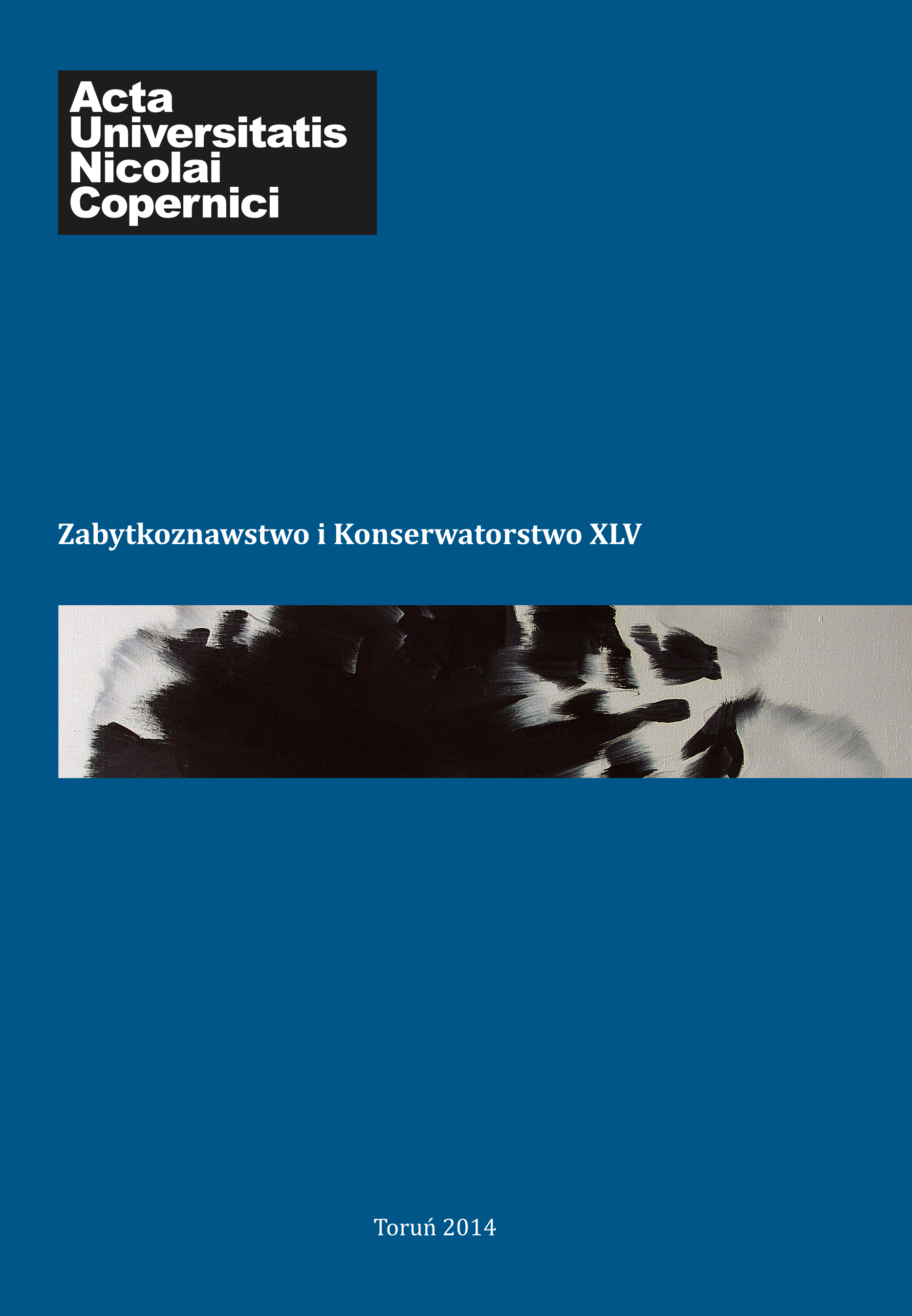Niderlandzcy rzeźbiarze jako architekci w Europie Północnej w XVI wieku
DOI:
https://doi.org/10.12775/AUNC_ZiK.2014.004Słowa kluczowe
architektura nowożytna, wpływy niderlandzkie, niderlandzcy rzeźbiarze, architektura w Europie Północnej w XVI wiekuAbstrakt
Netherlandish Sculptors as Designers of Architecture
in Sixteenth-Century Northern Europe
This paper discusses the complex process of architectural design in the sixteenth century Netherlandish tradition, in particular the diffusion of architectural knowledge between various crafts. Moreover, it demonstrates how architectural drawings served as the key tool of communication between various individuals involved In architectural design, including the patrons. Sixteenth century witnessed a widespread dissemination of architectural knowledge among exponents of various crafts, in particular sculptors. Motivated by a variety of factors, ranging from the inflence of Vitruvian theory to purely economic considerations, sculptor-architects became actively involved in designing architecture as well as the actual building works. Such sculptor-architects were highly versatile artists, involved in designing civil and military architecture, town planning and the like. Quite often they also acted as consultants, conducting a quality control of a building project. The growing involvement of sculptors in architectural design corresponded to a profound transformation of Netherlandish sculpture itself, where architectural elements began to play a central role. Embarking on architectural design, sculptor-architects had to closely cooperate with building masters, engineers and other professionals involved in the building industry. In this highly flxible and competitive environment, architectural drawing became the main tool of communication, the primary carrier of architectural ideas allowing for an exchange between architects, building masters, engineers and their learned patrons.
Pobrania
Opublikowane
Jak cytować
Numer
Dział
Licencja
CC BY-ND 4.0. Posiadaczem prawa autorskiego (Licencjodawcą) jest Autor, który na mocy umowy licencyjnej udziela nieodpłatnie prawa do eksploatacji dzieła na polach wskazanych w umowie.
- Licencjodawca udziela Licencjobiorcy licencji niewyłącznej na korzystanie z Utworu/przedmiotu prawa pokrewnego w następujących polach eksploatacji: a) utrwalanie Utworu/przedmiotu prawa pokrewnego; b) reprodukowanie (zwielokrotnienie) Utworu/przedmiotu prawa pokrewnego drukiem i techniką cyfrową (e-book, audiobook); c) wprowadzania do obrotu egzemplarzy zwielokrotnionego Utworu/przedmiotu prawa pokrewnego; d) wprowadzenie Utworu/przedmiotu prawa pokrewnego do pamięci komputera; e) rozpowszechnianie utworu w wersji elektronicznej w formule open access na licencji Creative Commons (CC BY-ND 4.0) poprzez platformę cyfrową Wydawnictwa Naukowego UMK oraz repozytorium UMK.
- Korzystanie przez Licencjobiorcę z utrwalonego Utworu ww. polach nie jest ograniczone czasowo ilościowo i terytorialnie.
- Licencjodawca udziela Licencjobiorcy licencji do Utworu/przedmiotu prawa pokrewnego nieodpłatnie na czas nieokreślony
PEŁEN TEKST UMOWY LICENCYJNEJ >>
Statystyki
Liczba wyświetleń i pobrań: 1326
Liczba cytowań: 0



